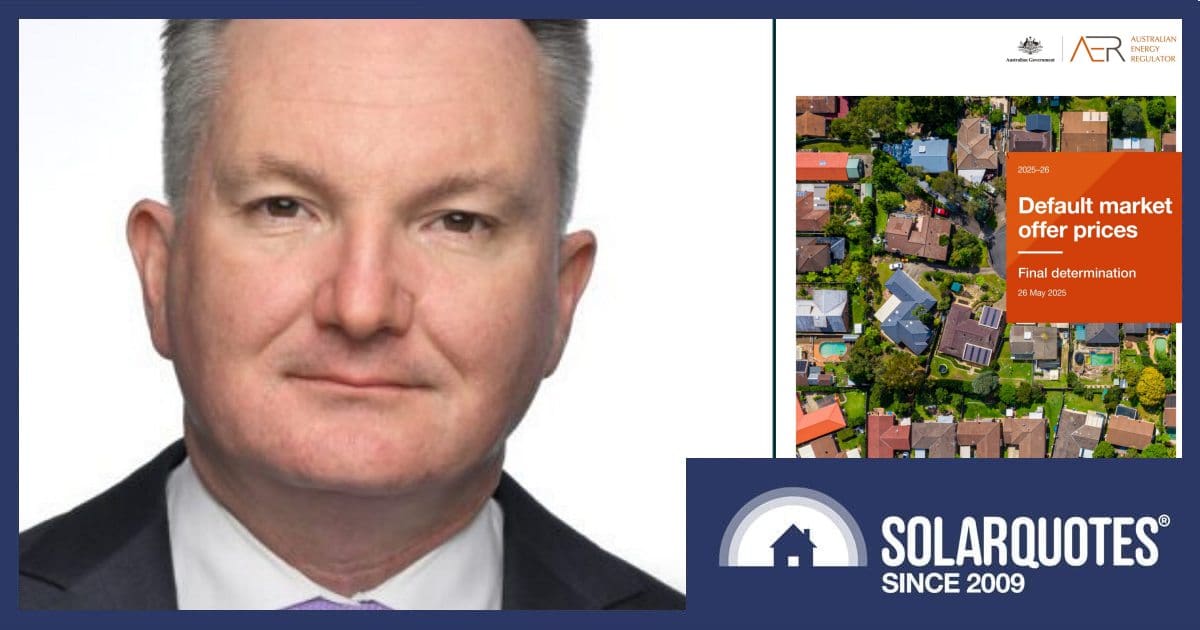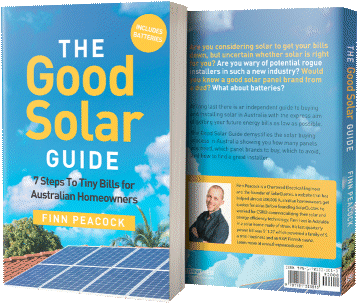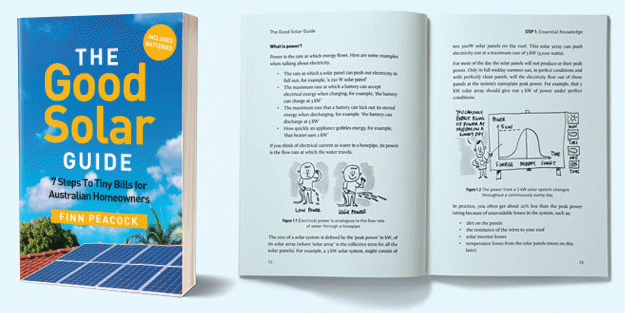
A mechanism ensuring electricity retailers can’t charge some customers as much as they otherwise may isn’t working as intended says Federal Minister for Climate Change and Energy Chris Bowen.
The Australian Energy Regulator (AER) currently sets the Default Market Offer (DMO) in New South Wales, southeast Queensland and South Australia; while the Victorian Default Offer (VDO) is set by that state’s Essential Services Commission.
The DMO/VDO set a maximum price electricity retailers can charge electricity customers on standing offer contracts; i.e. those who don’t take up a market offer for whatever reason. But it also has the effect of setting a benchmark for market offers from retailers. If DMO/VDO pricing increases, then market offers usually follow suit.
This isn’t the way things were supposed to be. The DMO, which came into effect on 1 July 2019, was to be a safety net of sorts for some customers while competition between retailers was meant to put downward pressure on market offer prices.
Last month the final DMO decision for 2025/26 was announced as was the VDO for Victoria, which will result in electricity price increases from July 1 across all jurisdictions (again); albeit minimal in the case of Victoria.
Simpler And Fairer Electricity Offers
In his opening address at Australian Energy Week being held in Melbourne this week, Minister Bowen said the vast majority of electricity customers on market offers could be getting a better electricity deal.
Last year, the Australian Competition and Consumer Commission (ACCC) estimated more than 80% of households in the National Electricity Market (NEM) are paying more for electricity than they need to. It’s not chump change — the ACCC suggested households on offers over 12 months old are paying on average $238 more per year than those on newer offers. And the ‘loyalty penalty’ further increases with the age of the offer.
But finding a better deal can require substantial effort on the customer’s side; research that can be time-consuming, frustrating and confusing depending on how it’s approached.
“It’s difficult to defend the DMO, when the customer is required to do the deal hunting,” he said. “We know it could be so much simpler.”
Minister Bowen announced that in 2026, the Albanese Government will be delivering a reformed pricing mechanism, designed to get the ‘best deal’ for consumers while still acting as the maximum price retailers can charge for standing offers in DMO regions.
“The reformed pricing mechanism will bring DMO states closer in line with other jurisdictions like here in Victoria, which this year has seen significantly smaller bill increases compared to DMO regions,” he stated.
Minister Bowen says the government will consult on the design with industry. Some of the changes could include:
- Stripping out the DMO’s competition allowance.
- Placing additional further restraints on what electricity retailers can claim back from customers in their bills.
The Minister said as well as putting downward pressure on electricity bills, the work would also ensure the energy market better utilises the huge uptake of rooftop solar power and increasingly, home batteries – installations of which are to really take off due to the Albanese Government’s upcoming Cheaper Home Batteries program.
But Why Wait For Reforms?
All this taking place and being finally implemented is some way off, and the outcome uncertain.
In the interim, there are some comparatively easy ways for electricity customers to see if they are on the best deal possible. Switching retailers is pretty simple these days, but a first step can be to contact your electricity retailer and say you’re considering shifting, so what can they offer to keep you as a customer. We’ve seen a few reports in SolarQuotes blog comments of this approach working, and some scoring what appear to be quite good deals.
While your electricity retailer is meant to signal if you’re on their best plan through ‘Best Offer’ and ‘Better Offer’ messages on bills periodically, some of this messaging is confusing and the subject of a ‘super-complaint’ recently lodged by consumer group CHOICE.
Another approach is to try SolarQuotes easy-to-use electricity plan comparison tool. While designed with solar owners in mind, it’s also useful if you don’t have solar panels installed.
If you’re in New South Wales, Queensland, South Australia, Tasmania or the Australian Capital Territory, there’s also the Federal Government’s Energy Made Easy website for running comparisons; or Victoria Energy Compare for residents of that state.
Other Rule Changes Imminent
Minister Bowen stated the Albanese Government has also been pursuing other rule changes to deliver better consumer protections, including:
- Dumping unjustified fees.
- Ensuring electricity customers get the discounts they’re entitled to.
- Better assistance for hardship customers.
- Making it much easier to switch offers.
The Minister said the Australian Energy Market Commission (AEMC) will be issuing ‘many’ final determinations and rule changes today.
Added: The AEMC has since announced its enhanced consumer protections here.
Added: Consultation on DMO reforms also kicked off today. Learn more here.

 RSS - Posts
RSS - Posts



Solar quotes is now owned by AGL how does that work . How can they be impartial to providing which electricity provider to use
Hi Gary,
If we weren’t transparent we wouldn’t publish your comment.
However it’s Origin that bought SolarQuotes and we still don’t recommend any retailer. All that’s changed in our office is an extra face on the weekly zoom meeting.
I use this comparison service. Pay your subscription and the promise they’ll save you more than it costs.
Set up automatic forwarding of your bills and they’ll let you know when better deals crop up.
https://www.billhero.com.au/
Full disclosure, if somebody signs up using the code below, we both get an additional two months of Bill Hero for free.
bh11811-nmp1668684689
Mother in law recently received a rate rise which indicates that it way above the DMO.
This means that after your new prices become effective, we
estimate your electricity prices will be 113% above the reference price, as of 1 July 2025
0.9737200 $/kWh
Discount Plan : SA Simply Extra 10% + 12% = 22% Pay on Time Discount (If payment is received by due date)
Literally charging double DMO and new customers offer while claiming economic pressures?
Like all energy retailers, we review our prices every year as there are many factors that impact them from
wholesale and distribution costs to current economic pressures being experienced by most Australians. As a
result of our 2025 price review, our electricity rates for residential customers will be changing.
Hi Bernard,
I use this comparison service. Pay your subscription and the promise they’ll save you more than it costs.
Set up automatic forwarding of your bills and they’ll let you know when better deals crop up.
https://www.billhero.com.au/
Full disclosure, if somebody signs up using the code below, we both get an additional two months of Bill Hero for free.
bh11811-nmp1668684689
My service to property charge is increasing from 1.45c perday to 1 98 c per day from July 1 . It is just price gouging to maintain profit margins . What a joke !. Other increased cost are also being charged .
Why do the supply charges vary so much?
Surely this supply charge should be equal for all retailers.
The tariffs charged by SAPN should be the same for all retailers.
Currently I think most retailers add the sales and admin costs etc to the supply charges.
These costs should be shown separately.